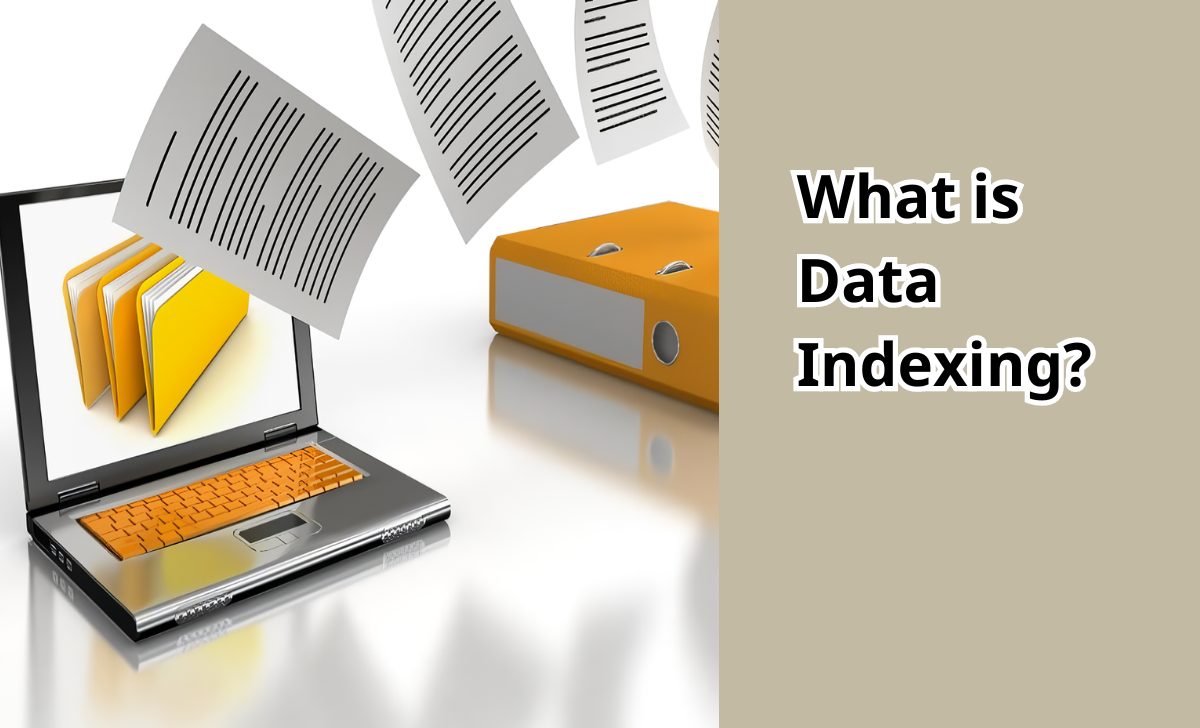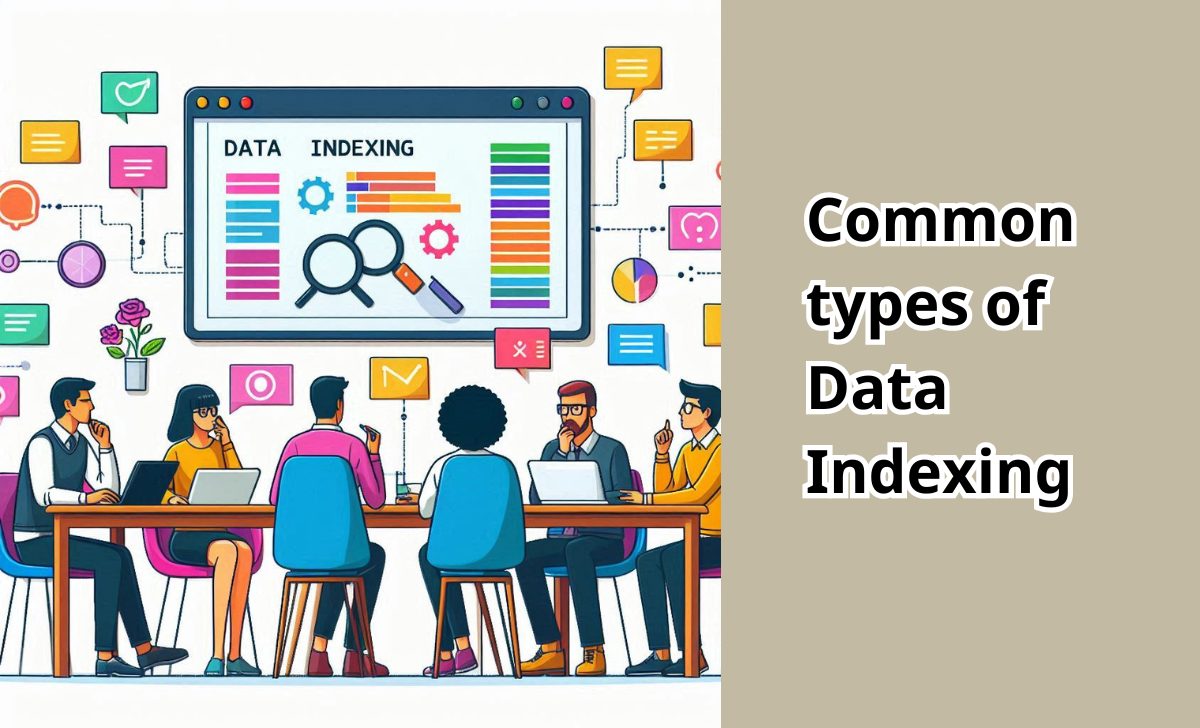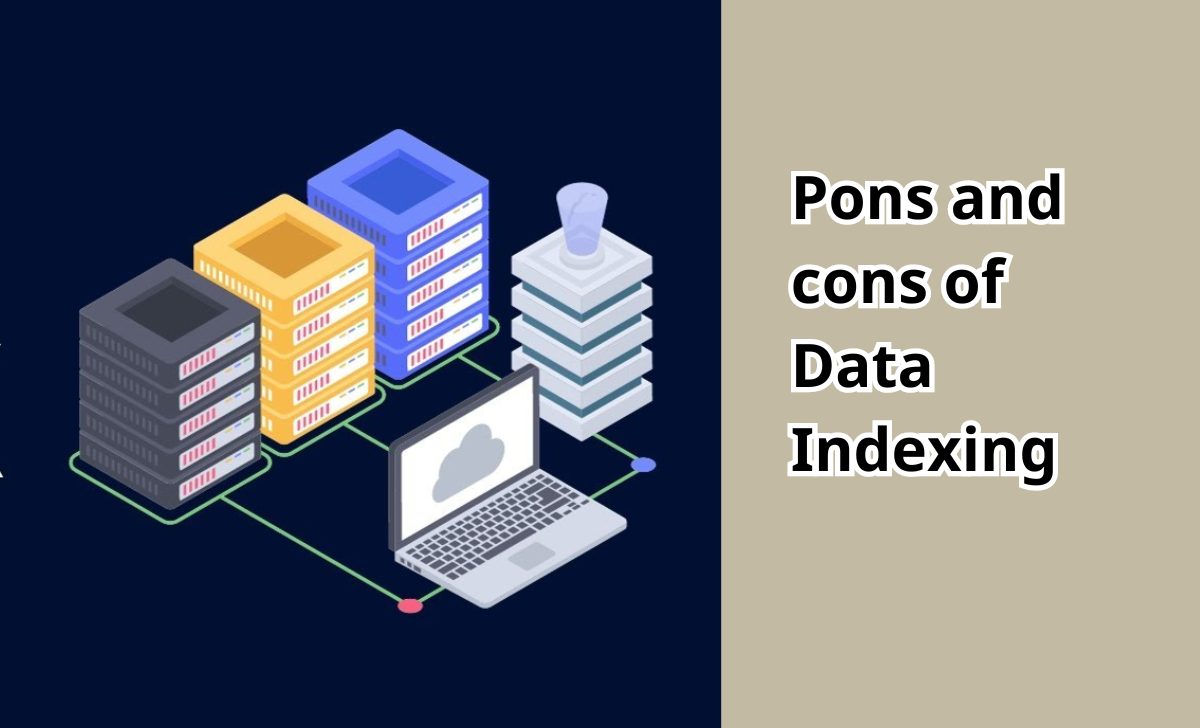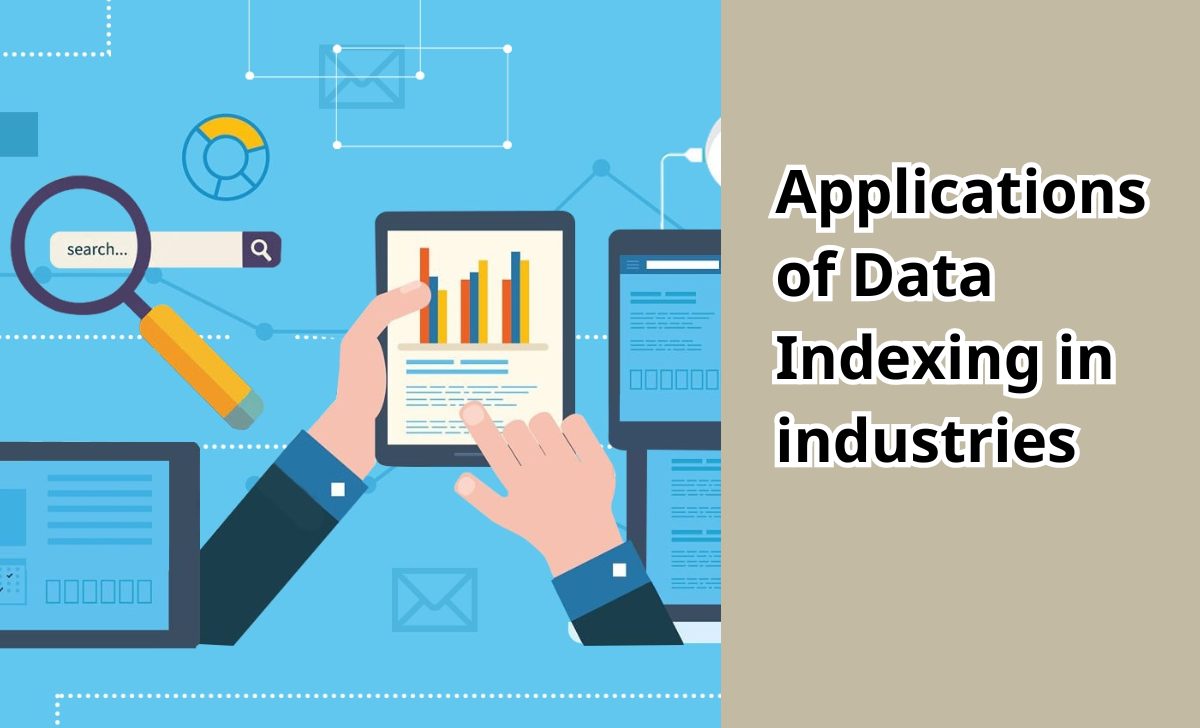Data Indexing is a crucial technique in data management that enhances search and retrieval performance. By organizing data in an optimal manner, indexing reduces query times and speeds up processing.
In this article, AZCoin will explore the definition of Data Indexing and examine how it functions within databases.
What is Data Indexing?

Data Indexing is a database technique designed to accelerate query speed by organizing data into an easily accessible structure. Instead of scanning an entire data table to find the needed information, an index allows the database to quickly locate the data, thus reducing query time.
A simple analogy is the index in a book, where you can easily find information by looking up keywords in the index rather than reading every page.
How does Data Indexing work?
Data Indexing functions like a library index. When you need to find a book, instead of checking every shelf, you refer to the catalog by book title or author. Similarly, in a database, an index creates a list of “references” to data locations, allowing the system to swiftly find the needed information without scanning the entire dataset. This speeds up queries and makes data retrieval faster and more efficient.
Common types of Data Indexing

Here are some common types of Data Indexing:
- Single-Column indexing: The simplest form of indexing, involving a single column in a data table. It is commonly used for straightforward queries.
- Composite indexing: Involves creating an index for multiple columns in a table. This allows for more efficient querying when filtering based on multiple columns, optimizing complex queries.
- Unique indexing: Ensures that all values in the indexed column are unique, preventing duplicate records. This is crucial for maintaining data integrity and preventing duplicates.
- Full-Text indexing: Used for searching large text fields in databases. This type of index allows for searching within long and unstructured text fields, useful for applications like website content searches.
In addition to learning about Data Indexing, you may also explore related topics such as What is SolScan, What is a RESTful API, What is Encryption,…
Pons and cons of Data Indexing

Pons
- Optimized query performance: Indexing helps the system locate specific information quickly without scanning every record, thus speeding up queries, especially with large datasets.
- Reduced system resource usage: By focusing only on indexed parts of the data, indexing minimizes the resources needed for queries, saving time and computational power.
- Enhanced user experience: Fast and accurate query performance improves the user experience, providing swift search results and smoother interaction.
Cons
- Maintenance costs: Creating and maintaining indexes requires additional storage space, which can increase the overall database size and storage costs.
- Increased database size: Indexes require extra storage, which can lead to a larger database size and more storage usage.
- Design and configuration requirements: To achieve optimal performance, indexes must be correctly designed and configured. Poorly designed indexes can be ineffective or even degrade performance.
If you’re looking for a secure platform for cryptocurrency trading, check out our curated and verified list of the best crypto exchanges 2024.
Applications of Data Indexing in industries

Data Indexing has numerous important applications across various industries, optimizing performance and efficiency in data processing and querying. Here are some notable applications:
- E-commerce: Data Indexing plays a key role in speeding up product searches on online shopping sites. When users enter search keywords, indexes help quickly locate the product in the database, delivering near-instant search results. This improves user experience and helps companies retain customers.
- Banking and finance: In banking and finance, Data Indexing aids in efficiently managing and querying transaction data. Indexes facilitate quick access to transaction records, account information, and other financial activities, crucial for fraud detection, risk management, and real-time transactions without delays.
- Healthcare: In healthcare, Data Indexing supports managing medical records and retrieving patient information. Healthcare facilities can use indexes to quickly find medical history, test results, and other health data, aiding doctors and medical staff in making timely and accurate decisions, thus improving patient care.
- Telecommunications: The telecom industry uses Data Indexing to manage and query user data, call records, and network activities. With massive data volumes from millions of users, indexing helps telecom providers optimize data processing and deliver faster, more reliable services.
- Marketing and advertising: In marketing and advertising, Data Indexing enhances the search and analysis of consumer data. Companies can easily query information on shopping behaviors, preferences, and interaction history to create more personalized and effective advertising campaigns.
- Data Science and analytics: Data scientists and analysts use Data Indexing to manage and query large datasets efficiently. This enables them to perform complex analyses, model data, and generate valuable insights without being hindered by slow processing speeds.
Conclusion
In summary, Data Indexing is not just a crucial tool for optimizing query performance but also a foundation for many modern technological applications. Understanding how indexes work will help you leverage their benefits in database systems. For more insights into technology trends and data optimization solutions, stay tuned to AZcoin’s articles!

I am Louis Dang, living in Ottawa, Canada. I am currently working as a trader for AZCoin company, with 7 years of experience in the cryptocurrency market, I hope to bring you useful information and knowledge about virtual currency investment.











